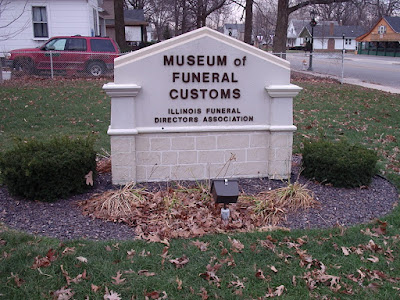
Fort Wayne, Indiana carries that name because it was the site of several forts in early American history. The original structure was Fort Miamis built in 1697 by French settlers as one of a string of forts between Quebec and St. Louis. It was named for the Miami Indians who lived in the area.
By 1721, the fort had been rebuilt and renamed Fort St. Philippe des Miamis and continued to serve as a French trading post until 1747 when Huron Indians who were allied with the British burned it to the ground. Once again, the French rebuilt the fort and used it during the French and Indian War from 1754 to 1763.
Old Fort Wayne is now a living history museum that welcomes visitors. Next month, you can celebrate Nouvelle Annee at Old Fort Wayne and be transported back 260 years to the winter of 1751. At that time, the fort sheltered French soldiers and settlers as well as native people. The war was still a few years off, but Great Britain was already sowing the seeds of unrest by wooing the native tribes with better trade prices and other bribes.
The replica fort is of particular interest to Chicagoans because it was built by John Whistler, an Irishman who served with the British army during the Revolutionary War. Later, he immigrated to the United States and entered the U.S. army. Whistler helped build forts at Fort Wayne in 1798 and again in 1816. The last fort greatly resembles a fort he built in 1803 on Lake Michigan's shoreline - Fort Dearborn. Visiting the replica at Fort Wayne gives Chicagoans a new understanding of Fort Dearborn.
If the name Whistler seems familiar, that's because of an interesting side note. John Whistler had fifteen children with his wife Anna. One son, James McNeill Whistler, became a artist, famous for his painting of Anna, his mother.



















 Chicago wasn't much of a place yet. There were only native wigwams and log homes. Mark Beaubien had started work on his Sauganash Tavern, which would be the first frame house in the area, but he wouldn't be done until autumn. Wagon-makers, and thus, wagons, were few, most likely owned by the folks who already lived here. They probably rented them out, but research shows that settlers often brought wagons with them when they came west by ship like Naper did.
Chicago wasn't much of a place yet. There were only native wigwams and log homes. Mark Beaubien had started work on his Sauganash Tavern, which would be the first frame house in the area, but he wouldn't be done until autumn. Wagon-makers, and thus, wagons, were few, most likely owned by the folks who already lived here. They probably rented them out, but research shows that settlers often brought wagons with them when they came west by ship like Naper did.

